wpc qi vs pma wireless charging
A comprehensive guide to the differences and similarities between WPC Qi and PMA wireless charging standards, helping you choose the right technology for your needs.
wpc qi vs pma wireless charging
Introduction to Qi and PMA Standards
Wireless charging has become an increasingly popular feature in smartphones and other portable devices. Two major wireless charging standards have emerged: Qi (pronounced “chee”), developed by the Wireless Power Consortium (WPC), and PMA (Power Matters Alliance), which later merged with A4WP (Alliance for Wireless Power) to form the AirFuel Alliance. This article will discuss the technical specifications, compatibility, and real-world performance of Qi and PMA wireless charging standards, including their pros and cons, industry adoption rates, and future developments.
Technical Specifications and Compatibility
Qi is the most widely adopted wireless charging standard, supported by many smartphone manufacturers, including Samsung, Apple, and Google. The Qi standard operates at a frequency of 100 kHz to 205 kHz and supports power transfer rates up to 15 W for high-power devices. On the other hand, PMA uses a higher frequency of 277 kHz to 287 kHz and can deliver up to 5 W of power. Despite these differences, both standards support resonant and inductive coupling technologies, enabling them to charge devices without direct contact.
While Qi and PMA were initially incompatible due to their different frequencies and modulation schemes, efforts have been made to ensure interoperability between the two standards. For instance, the AirFuel Alliance has incorporated Qi’s resonance technology into its standard, allowing Qi-enabled devices to be charged using PMA chargers, and vice versa. However, this compatibility is not universal, and users should still check device compatibility before purchasing a wireless charger.
Real-World Performance and Industry Adoption Rates
In terms of real-world performance, Qi generally offers faster charging speeds and better efficiency compared to PMA. This is partly due to Qi’s higher power output and more advanced communication protocols, which allow for more efficient power transfer and better management of charging processes. Additionally, Qi’s widespread adoption has led to a larger ecosystem of compatible devices and chargers, making it easier for consumers to find and use Qi-compatible products.
Industry adoption rates also reflect the popularity of Qi over PMA. According to a report by IHS Markit, Qi accounted for approximately 90% of the global wireless charging market in 2019, while PMA held only a small share. However, the AirFuel Alliance, formed from the merger of PMA and A4WP, has gained traction in recent years, particularly in enterprise and industrial applications where its higher power capabilities are advantageous.
Pros and Cons
Qi’s main advantage lies in its widespread adoption and superior performance in terms of speed and efficiency. However, it may be less accessible in certain regions or industries due to its dominance by consumer electronics companies. In contrast, PMA/AirFuel offers greater flexibility in terms of power levels and is well-suited for commercial and industrial applications, but its limited consumer adoption can make it harder to find compatible devices.
Both standards face challenges in terms of standardization and interoperability. While efforts have been made to ensure compatibility between Qi and PMA/AirFuel, inconsistencies remain, which can confuse consumers and limit the potential benefits of wireless charging.
Future Developments
The future of wireless charging looks promising, with ongoing research focused on improving efficiency, increasing power outputs, and enhancing user experiences. One area of focus is the development of multi-device charging solutions that can simultaneously charge multiple devices at once. Another trend is the integration of wireless charging into furniture and public spaces, making it more convenient and accessible for users.
As wireless charging continues to evolve, we can expect to see further convergence between Qi and PMA/AirFuel standards, leading to increased compatibility and a more unified ecosystem. Manufacturers and industry organizations will play a crucial role in driving these advancements and ensuring that wireless charging becomes a seamless and ubiquitous feature in our daily lives.
Reference
IHS Markit Report on Wireless Charging Market Insights
Baoding Plastroy WPC Products
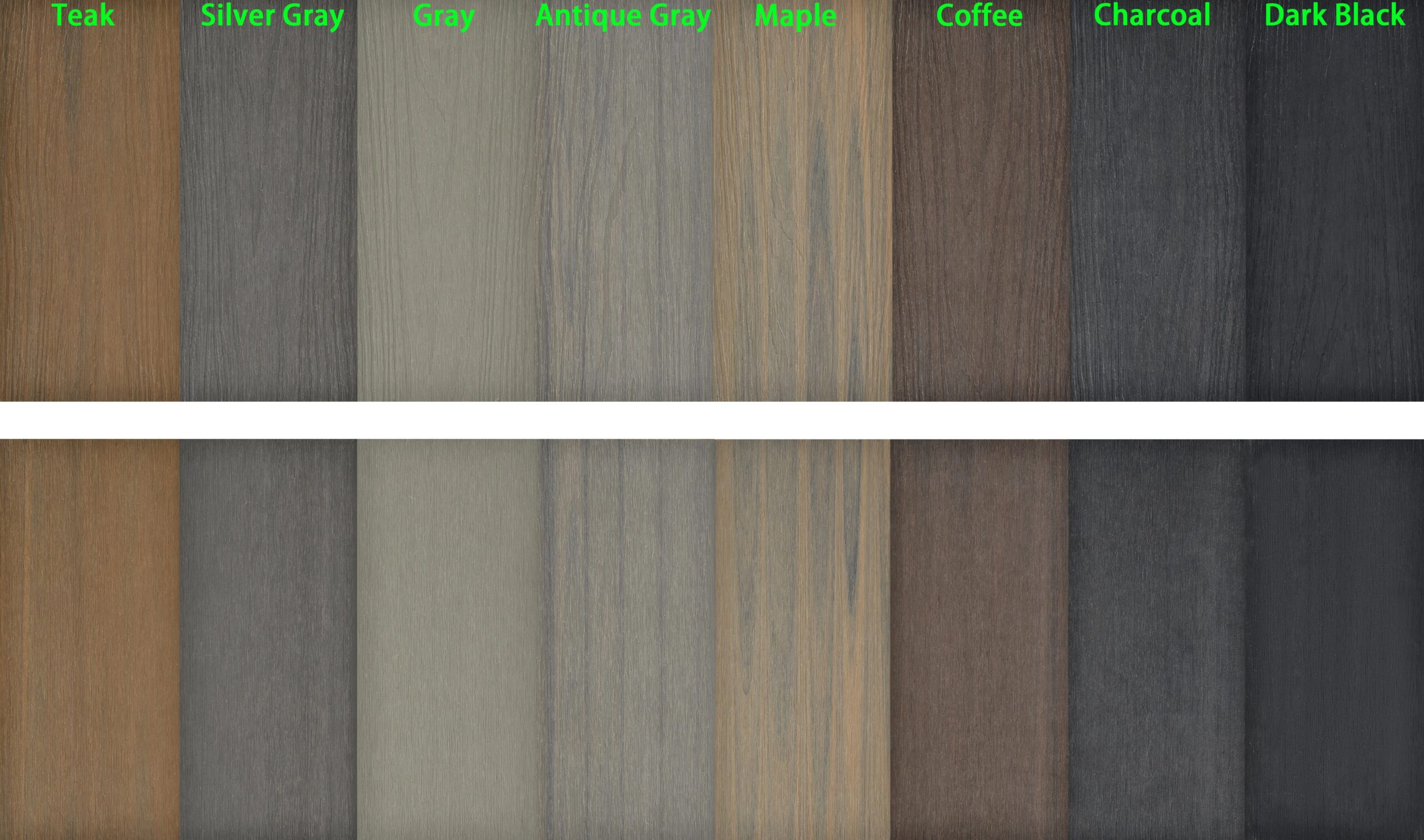
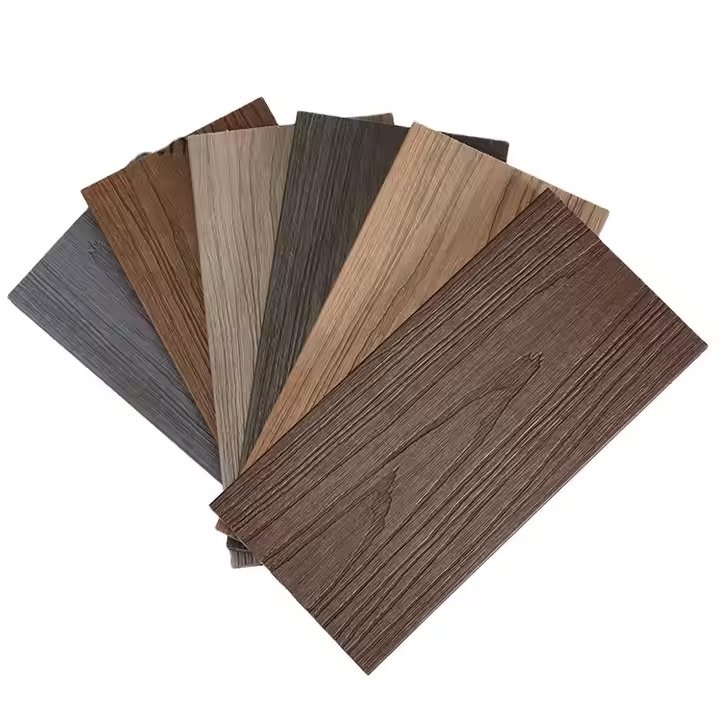
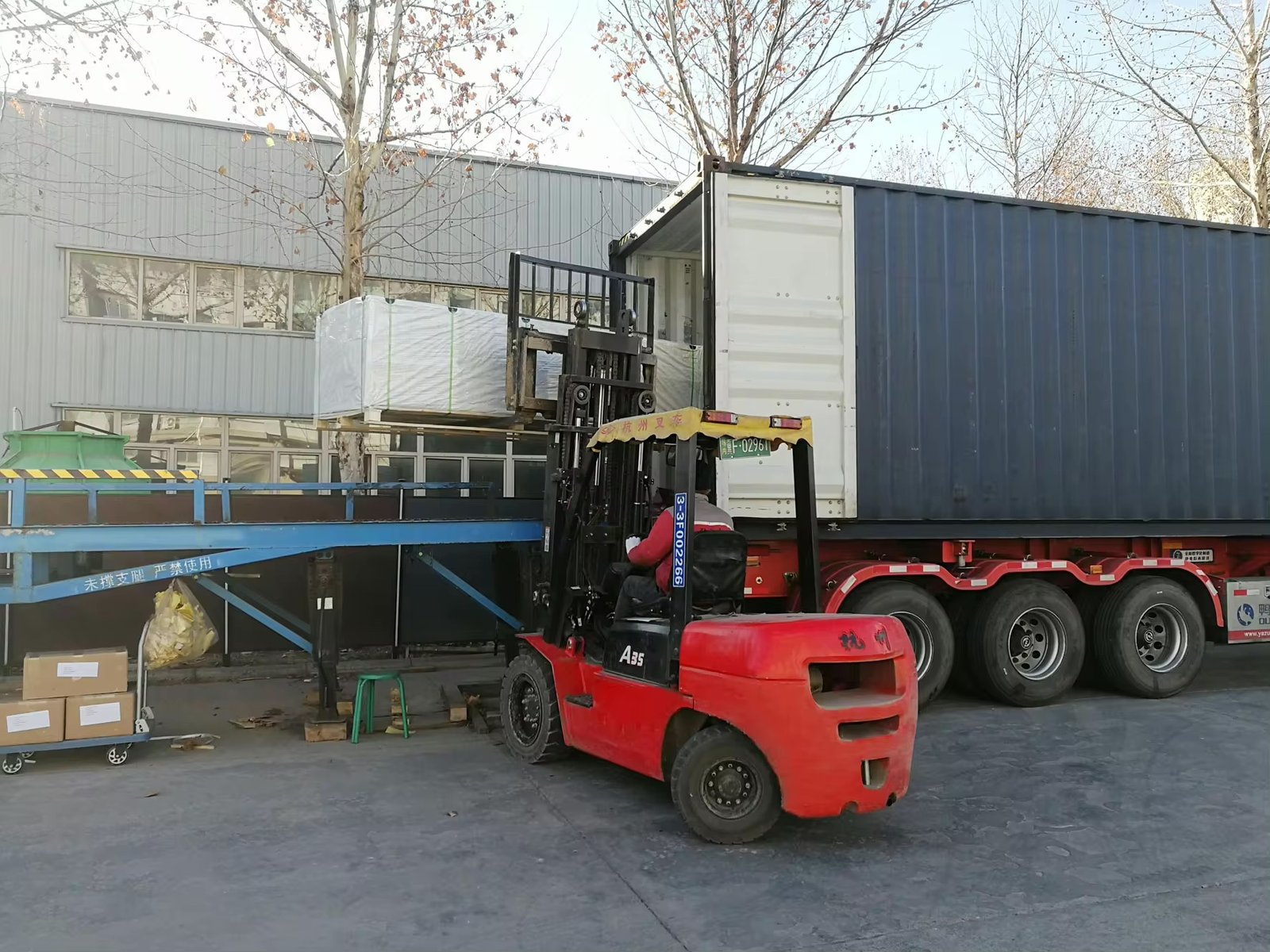
Why Choose Plastory?
Baoding Plastory New Materials Co., Ltd. is a manufacturer of decorative materials with over 9 years of experience and 56 separate production lines.
Currently, our annual production exceeds 30,000 tons, with products exported to more than 50 countries worldwide.
Plastory is the drafting unit of the WPC National Standards and has obtained certifications such as REACH, ASTM, CE, and FSC. Plastory is dedicated to maintaining consistent quality, focusing on details, and prioritizing customer satisfaction.
Our factory is located in Baoding, Hebei Province, China, with a prime location and convenient transportation access. Baoding is approximately a 1.5-hour drive from Beijing Capital International Airport and just 2 hours away from Tianjin Port, making it easy for global clients to visit and facilitating efficient shipping of goods. Our facility spans a large area, equipped with advanced production equipment and modern testing facilities to ensure that every batch of products meets the highest quality standards.
We warmly welcome clients from around the world to visit our factory, where you can see our production processes firsthand and experience our product quality. Please feel free to reach out to us—we are committed to providing you with the best products and services.
Kindly get in touch with us to request a product catalogue.

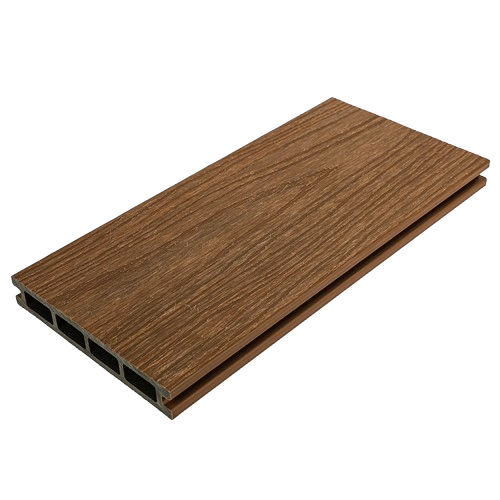
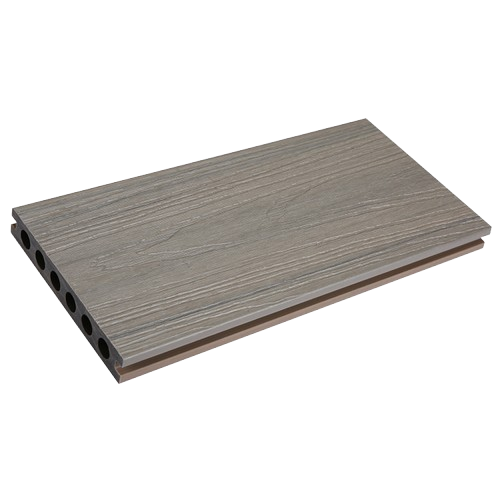
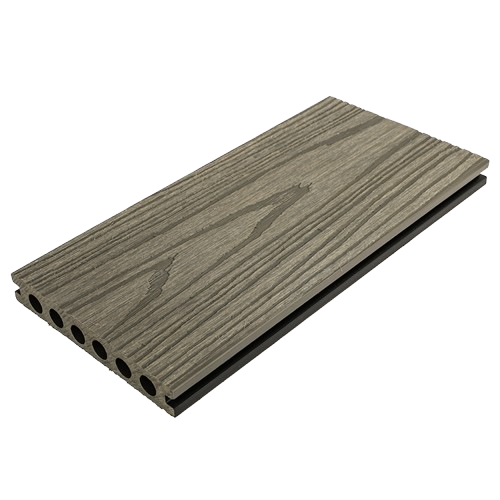
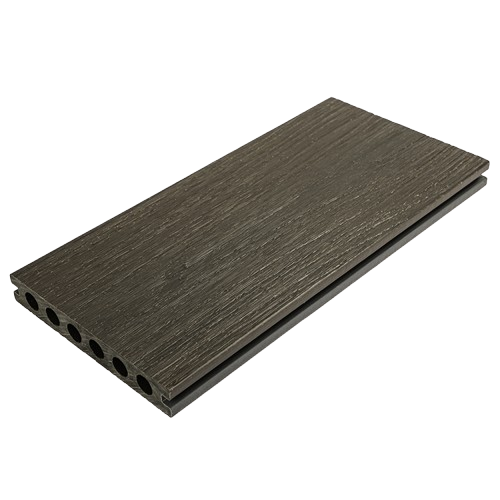
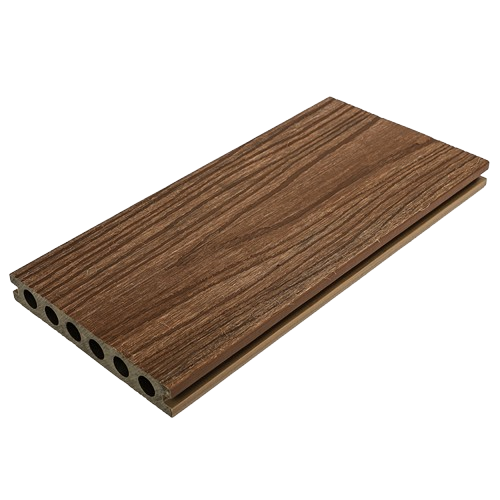
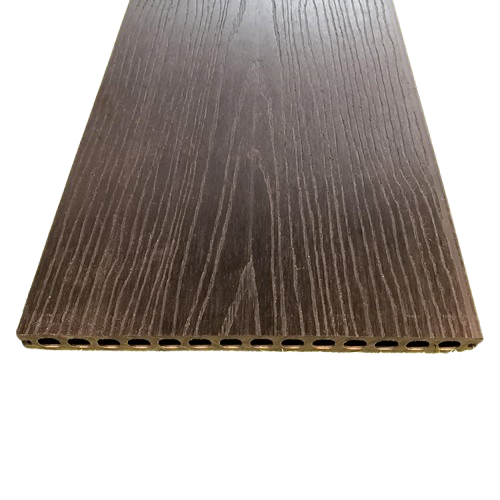
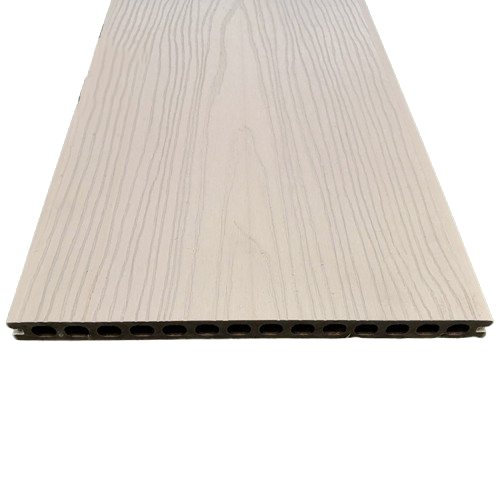


Reviews
There are no reviews yet.